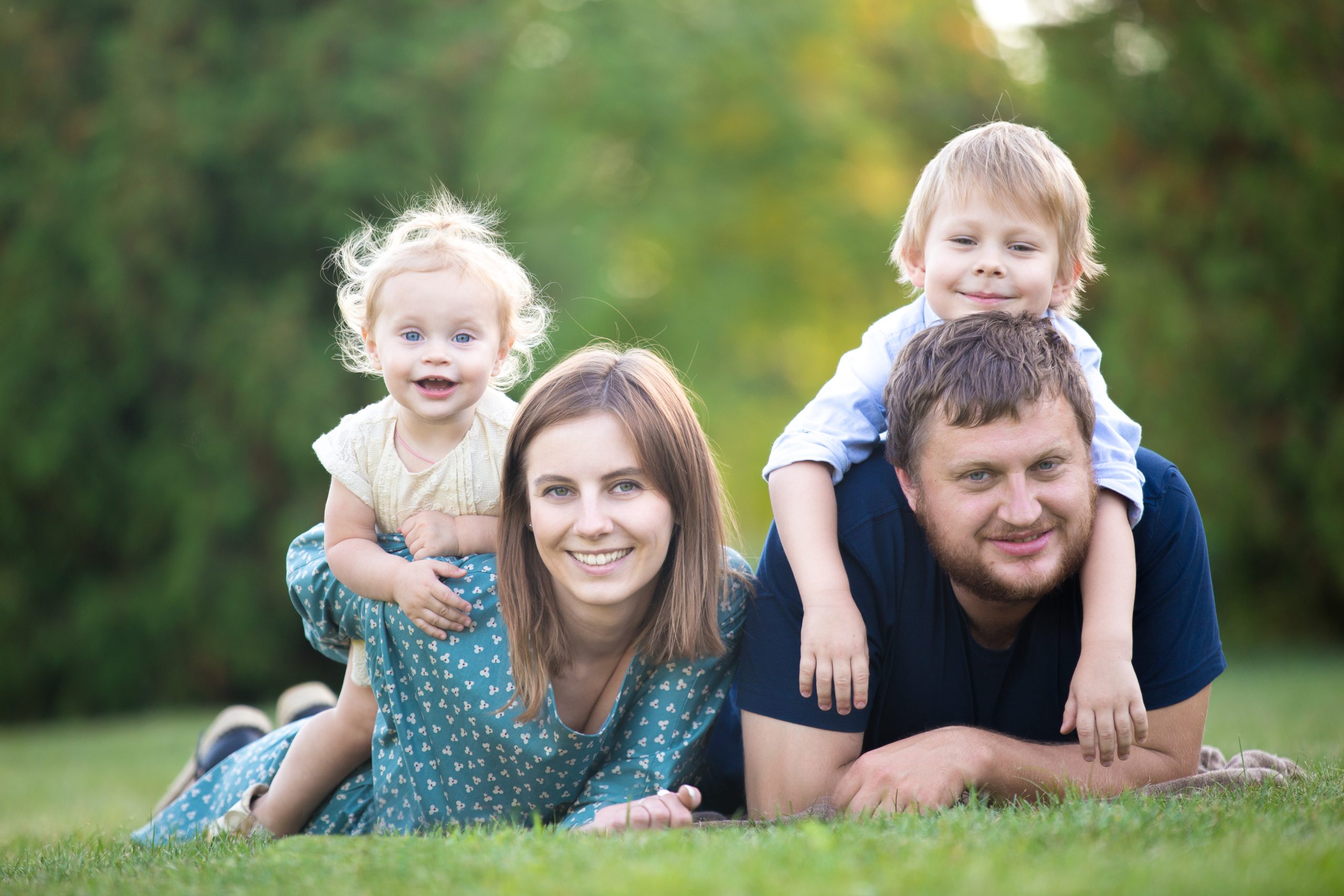Every baby is born with genetic baggage.
The environment enables and encourages the development of babies
A baby is born with his unique behavior, immediately beginning at birth in an interaction (connection) with the environment. The environment, and the responses he receives from the environment, enable and influence his behaviors and learning. The environment is seen as a factor that can encourage activity and skill acquisition and as a factor that may limit activity. For example: Environmental influence occurs when a baby receives a response in response to crying. Another example of environmental influence is when a child moves freely from a mattress and plays with a doll at arm’s length compared to a child who sits for a long time in a stroller without being able to move. The study that examined the influence of the environment on development and learning in infants developed: The Dynamic Theory. The Dynamic Theory demonstrates how the environment can change our behavior. The theory provides evidence of the ways in which the environment influences behavior to the point of changing the level of the genetic material itself. That is: the change is so great that it can even be expressed in a change in the baby’s genes (1,2).
Thus the theory explains that the development of children depends on the interrelationships between the genetic load and environmental components and the task required of the baby. Environmental components are, for example, appropriate feedback, physical and sensory adaptation of the environment that enhance the understanding of success and, consequently, the learning of new skills. According to the dynamic theory, all systems contribute together to the success of development and learning equally.
Components in the environment can be changed
Most children develop as expected in their own unique way and only need an environment that will allow them to do so, and not restrict them. An enabling environment is an environment in which there is a match between the various components that help and encourage the baby to practice an activity successfully, and thus learn and progress in acquiring skills. Parents and caregivers can be guided in a simple way on how to use the environment more to encourage development. For example: we will scatter several adapted booklets in the child’s immediate space so that he can explore, leaf through and look at the pictures. Another example: we will place a child who is just starting to stand next to a low sofa so that he can lean on it and stand successfully.
Even with developmental delays, it is possible to intervene through the environment.
Even when a child has a developmental delay, we will examine his abilities while looking at the environment. We will ask ourselves whether the environment in which he grows up allows him the opportunity to successfully experience various activities. If it does, we will ensure that it continues to be challenging and encourages continued development. If the environment does not allow this, we will examine how I can change the environment so that it allows or helps the child to function successfully. It is therefore advisable that any therapeutic intervention for a child with a developmental delay consist of both individual therapy and guidance for parents and caregivers for changes in the environment.
Here are a few examples that will explain how environmental change affects the ability to acquire skills:
- A child with visual impairment who is easily dazzled, the environmental change would be to not lay him down to play in front of a blinding light, and even close the blinds while playing
- A child who has difficulty raising his head when lying on his stomach, we will try to encourage him with a sound, for example a loud laugh, every time he manages to raise his head, and thus create an encouraging environment so that he can mobilize his strength and motivation to continue practicing and strengthening this ability.
Final tip:
Every child has a genetic predisposition to develop and learn, and they need an environment that will enable this. Sometimes, organizing the environment and providing appropriate feedback is enough to encourage your child’s activity. Even for children with developmental delays, training parents and caregivers to adjust environmental components can help them acquire new abilities and will always be part of the therapeutic intervention.
Sources:
1. Smith, L.B., & Thelen, E. (Eds.) (1993). A dynamic systems approach to development: Applications.Cambridge, MA: MIT Press. 2. Thelen, E., & Smith, L.B. (2006). Dynamic Systems Theories. In R.M. Lerner & W. Damon, (Eds), Handbook of child psychology (6th ed.): Vol 1, Theoretical models of human development, (pp. 258-312). Hoboken, NJ: Wiley.








